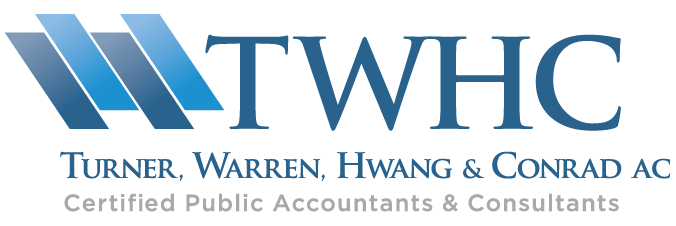Do You Owe the Nanny Tax?
The COVID-19 pandemic has changed the dynamics of many households. In most cases, schools stopped or limited in-person instruction, causing many children to engage in at-home learning. Some families moved disabled adult children or seniors from long-term care centers to their homes for safety and visitation reasons. These changes were ostensibly temporary, but some families may decide to stay the new course indefinitely.
If you’re in one of these situations, you may have hired a household employee — such as a nanny, senior caregiver or live-in housekeeper — to help with the added responsibilities. Unfortunately, this can create exposure to the so-called “nanny tax” with unexpected complications and costs. Here’s what you need to know about the tax implications of a household employee.
The Basics
The nanny tax refers to your obligation to withhold and deposit the employee’s share of Social Security and Medicare taxes on wages paid to a household employee and to deposit the employer’s share of those taxes on the wages. The employee and employer shares of Social Security and Medicare taxes are collectively referred to as the FICA tax.
You might also owe the federal unemployment tax (FUTA) on wages paid to a household employee. In addition, you may have to withhold and deposit state income tax on wages paid to a household employee. Finally, you could have to pay for state unemployment insurance.
FICA Tax
For 2021, the FICA tax issue comes into play only if you pay a household employee $2,300 or more during the year. If you cross that threshold:
- The Social Security tax rate is 12.4% on all cash wages up to $142,800. You withhold 6.2% from the employee’s wages and pay the other 6.2% as the employer.
- The Medicare tax rate is 2.9% of all cash wages. You withhold 1.45% from the employee’s wages and pay the other 1.45% as the employer.
In addition, you must withhold and deposit the 0.9% additional Medicare tax in the unlikely event that you pay more than $200,000 in wages to a household employee.
There’s an important exception, however. The FICA tax issue doesn’t apply to a household employee who’s under age 18 at any time during the year — unless providing household services is the employee’s principal occupation. If the employee is a student, providing household services isn’t considered to be his or her principal occupation, and the FICA tax issue doesn’t apply.
FUTA
For 2021, you owe FUTA if you pay cash wages of $1,000 or more to a household employee during any calendar quarter this year or if you did so during any calendar quarter in 2020. FUTA equals 6% on the first $7,000 of cash wages paid during the year.
Wages above $7,000 aren’t hit with FUTA. While the FUTA rate is generally 6%, you may be able to claim a credit of up to 5.4% against your FUTA liability. Consult your tax advisor for details.
Federal Income Tax Withholding
You are not required to withhold federal income tax from wages paid to a household employee unless the employee asks you to do so and you agree to do it. In that case, the employee must give you a completed Form W-4 to allow you to calculate withholding amounts according to the IRS table.
Noncash Wages
For federal income tax purposes, taxable wages include cash wages and noncash wages, subject to several exceptions for noncash wages. Measure wages that you pay in any form other than cash by the fair market value of the non-cash items.
However, the following non-cash items are excluded from taxable wages:
- Meals provided to the employee at your home for your convenience,
- Lodging is provided to the employee at your home for your convenience and as a condition of employment,
- For 2021, up to $270 per month for transit passes so your employee can commute to your home, and
- For 2021, up to $270 a month to reimburse your employee for parking at or near your home or at or near a location from which the employee commutes to your home.
Important: Noncash wages paid to a household employee are also exempt from FICA and FUTA.
Child and Dependent Care Credit
Taxpayers with one or more qualifying individuals under their care may be eligible for the child and dependent care credit. The credit covers eligible expenses that you pay to care for one or more qualifying individuals so you can work or, if you’re married, so both you and your spouse can work.
A qualifying individual is defined as your under-age-13:
- Child,
- Stepchild,
- Foster child,
- Brother or sister,
- Stepsibling, or
- A descendant of any of these individuals.
The individual 1) must live in your home for over half the year, and 2) must not provide over half of his or her own support. A handicapped spouse or handicapped dependent who lives with you for over half the year can also be a qualifying individual.
Subject to dollar limitations, eligible expenses include wages paid to a nanny or other household employee who takes care of a qualifying individual so you can work.
Important: The American Rescue Plan Act liberalized the child and dependent care credit rules for 2021. Consult your tax advisor for details.
For More Information
The nanny tax rules are complicated, and compliance can involve significant paperwork. In fact, the IRS estimates that compliance can take 60 hours each year. Your tax advisor can help you navigate the red tape, including applying for a federal employee ID number, withholding and depositing the requisite payroll tax payments, and completing the necessary tax forms in a timely fashion.






